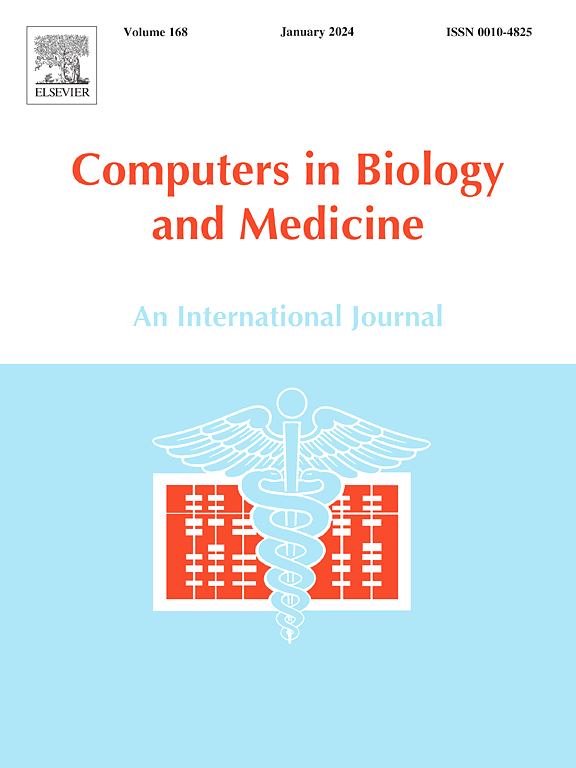Unraveling the molecular landscape of non-small cell lung cancer: Integrating bioinformatics and statistical approaches to identify biomarkers and drug repurposing
IF 7
2区 医学
Q1 BIOLOGY
引用次数: 0
Abstract
Non-small-cell lung cancer (NSCLC) is one of the most malignant tumors and the leading cause of death from cancer worldwide and is increasing at a massive rate every year. Most NSCLC patients are diagnosed at advanced stages, which is associated with a poor prognosis and a very low 5-year survival rate. Therefore, the purpose of this study is to investigate molecular markers for early diagnosis, prognosis and therapy of NSCLC through the integration of bioinformatics and statistical methods. A total of 93 overlapping differentially expressed genes (oDEGs) were identified between NSCLC and normal samples through Linear Models for Microarray (LIMMA) and Significance Analysis of Microarrays (SAM) methods. Six top-degree oDEGs (CCNA2, CDC6, AURKA, CCNB1, MKI67, and PRC1) were identified as key genes (KGs) through the protein-protein interaction (PPI) network. The predictive accuracy analysis of the identified KGs revealed an accuracy of 96.92 %, with a sensitivity of 91.73 % and a specificity of 98.15 %. KGs associated with 3 molecular functions (MFs), 5 cellular components (CCs), 3 biological processes (BPs), and 4 pathways were identified through FunRich software. Analysis of expression levels using the UALCAN database revealed that KGs are significantly associated with potential early diagnostic biomarkers. Survival analysis using the GEPIA database demonstrated that the KGs possessed strong prognostic power for NSCLC. Finally, seven repurposed candidate drugs ENTRECTINIB, SORAFENIB, CHEMBL1765740, TOZASERTIB, NERVIANO, AZD-1152-HQPA, and SELICICLIB were proposed through molecular docking analysis. In conclusion, the findings of this study have the potential to significantly impact the early diagnosis, prognosis, and treatment of NSCLC.

求助全文
约1分钟内获得全文
求助全文
来源期刊

Computers in biology and medicine
工程技术-工程:生物医学
CiteScore
11.70
自引率
10.40%
发文量
1086
审稿时长
74 days
期刊介绍:
Computers in Biology and Medicine is an international forum for sharing groundbreaking advancements in the use of computers in bioscience and medicine. This journal serves as a medium for communicating essential research, instruction, ideas, and information regarding the rapidly evolving field of computer applications in these domains. By encouraging the exchange of knowledge, we aim to facilitate progress and innovation in the utilization of computers in biology and medicine.
 求助内容:
求助内容: 应助结果提醒方式:
应助结果提醒方式:


